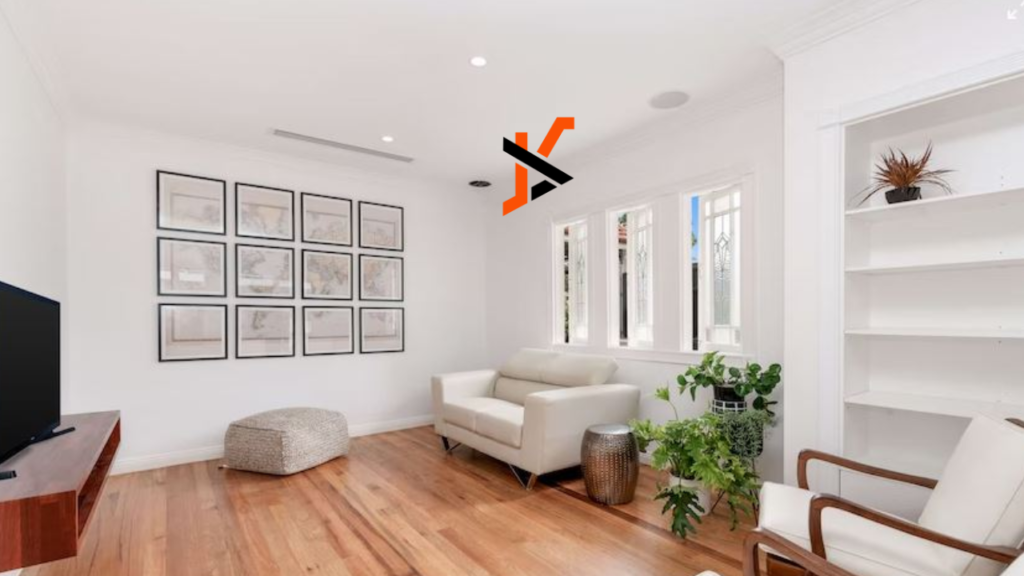Maximising the rental value of my home goes beyond setting the right price. In a competitive rental market, presentation is everything. Staging your property can be the difference between weeks of empty rooms and quickly securing a quality tenant.
Staging aims to arrange furniture and décor in a way that highlights a property’s best qualities and fosters a cozy, welcoming ambiance. When potential tenants walk through your door, they immediately make an opinion of the place. Do they see themselves living there, entertaining guests in the large living room or sipping tea in the cozy kitchen? Well-executed staging makes it easier for them to say “yes.”
Why Stage Your Rental Property?
The benefits of staging are numerous:
- Increased Rental Value:A professionally presented property can rent for more than one that is messy or unfurnished. Studies have shown that residences that have been staged may rent up to 10% quicker and may even attract a premium of 5–10%.
- Reduced Vacancy Rates: Staged properties draw greater interest by highlighting the potential and usefulness of your space; this expedites the process of finding tenants and reduces expensive vacancy times.
- Attract Quality Tenants: Renters that are responsible and picky and value a well-kept place will find staging to produce a polished and professional appearance.
Staging Essentials: A Step-by-Step Guide
Are you prepared to let your rental home reach its greatest potential? Here’s a detailed how-to for staging that works:
- Declutter and Depersonalize: The golden rule is this. Remove extra furniture, trinkets, and personal items. A neat and organized area gives the impression of being larger and enables prospective tenants to picture their items there
- Deep Clean and Freshen Up: Make sure every inch of your property is spotless. Take care of any minor maintenance or repair needs. Open windows and use air fresheners with neutral scents to eliminate lingering odors.
- Highlight the Layout: Organise furniture to create distinct zones in a space. For instance, separate the living and dining areas in an open-plan living area using furniture placement and a rug. This makes it easier for prospective tenants to picture how they might use the area.
- Embrace Light and Airiness: ToOpen your blinds and drapes toake the most of natural light, To liven up poorly lit areas, thconsidernstalling floor lamps or placing table lamps in key locations. An area with good lighting seems more airy and welcoming.
- Neutral Colour Palette: Select muted wall colors such as milk, beige, or light grey. This mawill makehe space blank and enenablerospective tenants to envision their own colour schemes for furnishings and décor.
- Invest in Key Furniture Pieces: Essential pieces of furniture that highlight each room’s functioning can be rented or bought. Important furniture includes a bed with a bedside table in the bedroom, a sofa and coffee table in the living room, and a tiny dining table and chairs in the kitchen.
- Accessorise Wisely: It’s better to have less. A striking rug, a few well-chosen throw cushions, or a work of art may bring warmth and character to the room without adding extra stuff.
- Focus on Curb Appeal: A good first impression begins on the outside. Make sure your entryway is tidy and welcoming. To improve the appeal, add some potted plants or a cosy rug.
Staging on a Budget
Staging doesn’t require a hefty investment. Here are some budget-friendly tips:
- Shop Second-hand: A vast array of reasonably priced furniture and décor items may be found in thrift shops and online markets. You can locate unusual things to give your place character.
- Borrow from Friends and Family: Find out if your friends or relatives have any extra furniture or décor you may use for the staging procedure.
- DIY Projects: Use your imagination! To add a personal touch without going over budget, consider painting old furniture, repurposing decorative items, or creating your original artwork.
- Focus on Lighting: Use well-placed lighting to create a cozy and welcoming ambiance. Adequate lighting has a significant impact on how a room feels overall.
Staging for Different Property Types
Remember, staging strategies can be tailored to different property types:
- Studios and One-Bedroom Flats: To create an air of openness, choose furniture that saves space and creative storage options.
- Family Homes: Draw attention to how each room can be used. Set up a dedicated work-from-home place in a spare room or a play area in the kids’ bedroom.
- Shared Accommodation: Attention to popular spaces like the kitchen and living room. Set up these areas for practicality and easy socializing.
The Final Touches
After yoarranging your property excellent pictures highlight the best attributes. If you can, spend money on professional photography since attention-grabbing photos are crucial for getting seen online.

